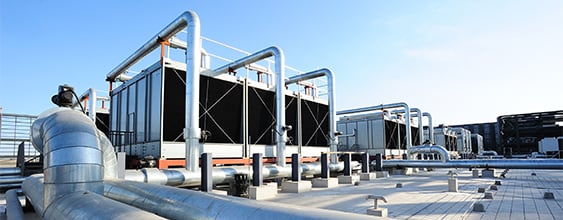Acid mine drainage (AMD), for example, is still a serious, long-term environmental issue faced in the country. In fact, the Federation for a Sustainable Environment highlights that one of the main issues associated with mine residue deposits in South Africa is AMD and that an estimated 1.6 million people live in informal settlements next to mine residue deposits, the majority of which are radioactive. Where research indicates that long-term exposure to AMD-polluted drinking water can lead to cancer, decreased cognitive function and mental retardation in fetuses.
The problem is centered around the Witwatersrand old mining area - where considerable AMD damage has occurred in the Wonderfonteinspruit, Tweelopiespruit, Tudor Dam and Robinson Lake areas. Depending on the area in which AMD is occurring, the water may contain high levels of salts, sulphate, iron, aluminum, cadmium, cobalt and radioactive elements. Notwithstanding the current short-term treatment of AMD, millions of liters of neutralised AMD, containing elevated levels of sulphate, which renders the water unfit for any use, still flow into streams connected to both the Vaal and Crocodile Rivers and groundwater systems, which continues to have devastating consequences for communities and the natural environment in these areas.
However, the sense of urgency to address AMD has possibly been intensified by the water security dilemma and the need to prevent further contamination to the country’s already stressed water supplies.
To put this into context; South Africa is classed as the 30th driest country in the world and it has a high within-season variability of rainfall and uneven distribution of rainfall. This means that even during a good year of average rainfall the country’s water resources are already stretched in some regions – and the direness of the arid situation has certainly been exacerbated by extreme weather conditions in recent years.
It’s important to note though that there is no short-term solution to adequately address the AMD issue. Rather, long-term solutions that are underpinned by principles of sustainability are critical to addressing existing contamination – as well as interventions to prevent future contamination.














